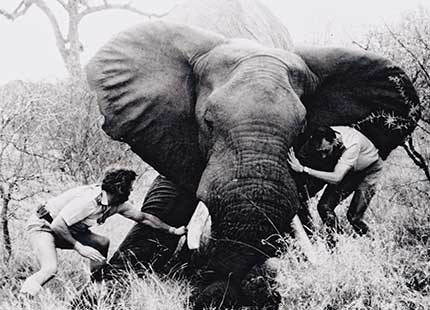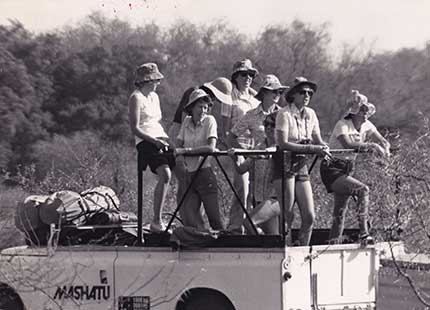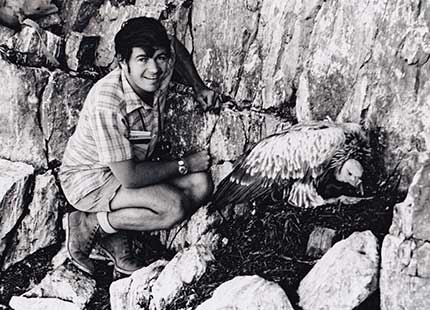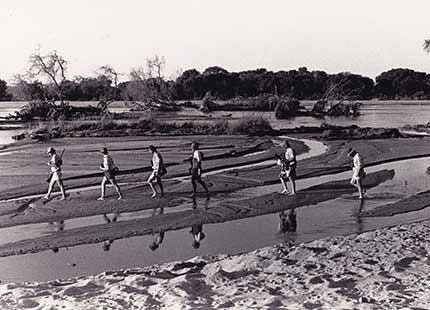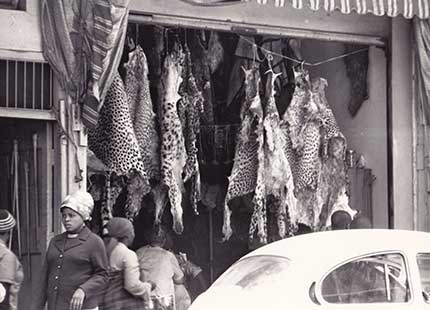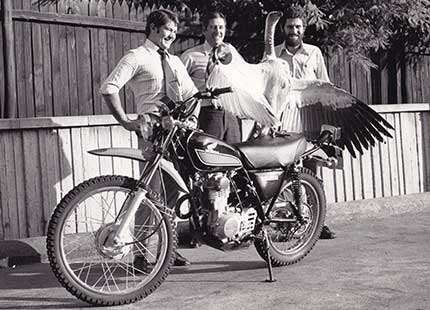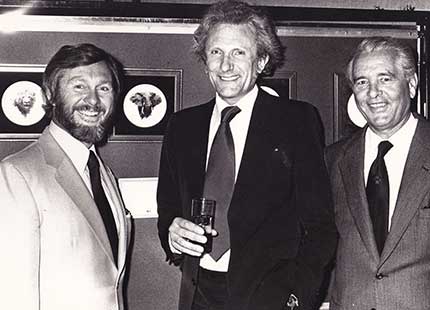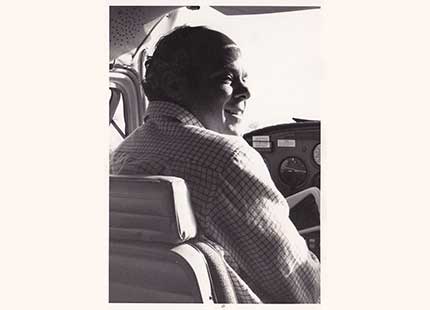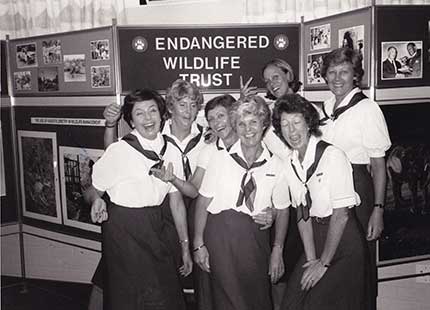our
story
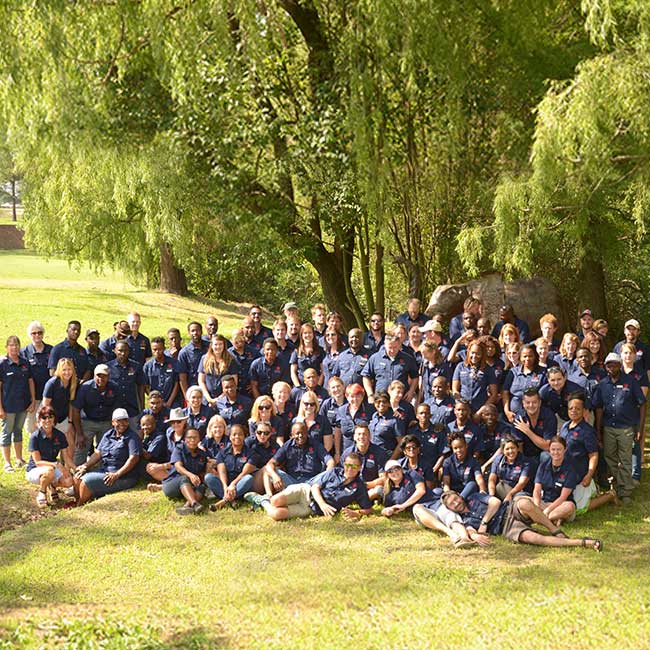
WHO WE ARE
The Endangered Wildlife Trust (EWT) is a registered Non-profit, Non-governmental, and Public Benefit Organisation. Since its establishment in 1973, the EWT has become a leading, well-known, and trusted conservation roleplayer. We are committed to conserving threatened species and ecosystems in southern Africa to the benefit of all. To achieve this, we focus on three main strategic imperatives: Saving Species, Conserving Habitats, and Benefitting People.
Our team is spread across southern and East Africa. We work with businesses, communities, and government and are leaders in conservation research, community conservation, livelihood support, and training. We are innovative and skilled in reducing human-wildlife conflict, monitoring threatened species, and protecting safe spaces for animals and people.
+110
Pack members
13
programmes
21
countries

OUR history
In 1973, Clive Walker and his wife, Conita, travelled to Texas to exhibit Clive’s art at a wildlife conference. While there, they were inspired by the idea of selling art to raise funds for wildlife and knew which cause they wanted to support. After seeing Cheetah skins for sale next to the road in Johannesburg, Clive was increasingly aware that they were being traded beyond sustainable levels and this was a significant threat to the survival of wild Cheetahs. Clive was determined to address this threat and to raise money to do so, he sold 250 numbered and signed limited edition prints of a watercolour painting he did of Cheetahs. The proceeds from these sales were the first of many funds Clive raised to save wild Cheetahs. Encouraged and keen to do more, he took a step further and, working with Neville Anderson and James Clarke, started a non-profit to save Endangered wildlife. And so, the Endangered Wildlife Trust was born.
The EWT’s first three projects focused on Brown Hyaenas, vultures, and Cheetahs. The founders thought it fitting that the Cheetah’s pawprint be used as the EWT’s iconic logo. Indeed, the red paw has stood the test of time as a symbol of ethical and effective conservation in action. The EWT has since grown from these humble beginnings into a staff of over 100 strong spread across 13 thematic programmes and working in 21 countries.
1973
established
3
pack members
3
projects
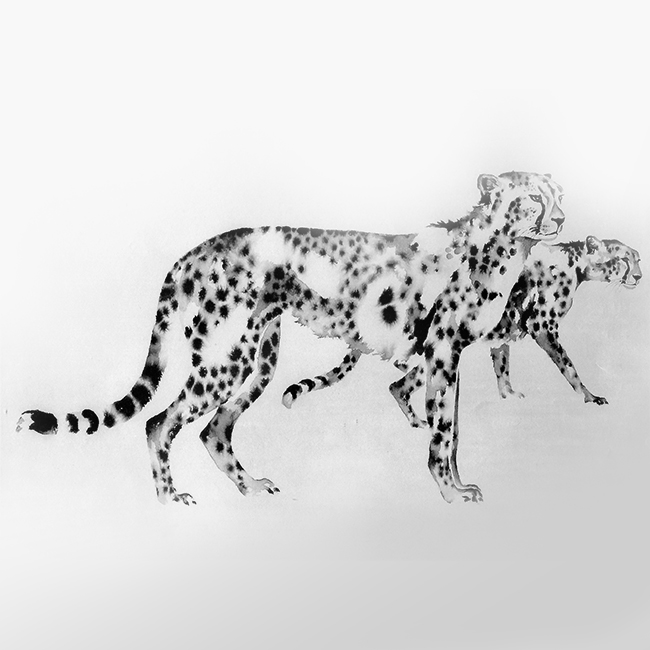
some of our landmark achievements

saving
species
Since 1973, our targeted interventions have achieved measurable improvements for threatened species across southern Africa. Notable successes include:
-
Pickersgill’s Reed Frog: Upgraded from Critically Endangered to Endangered
-
Red-billed Oxpecker: Reclassified from Near Threatened to Least Concern
-
Lesser Kestrel: Global collaboration helped move from Vulnerable to Least Concern
-
Cheetah: South African populations outside Kruger National Park more than doubled (217 in 2011 to 470 in 2022)
-
African Wild Dog: Regional numbers increased from 300 to approximately 550
-
Cranes: Wattled Crane populations grew by 60%, while Blue Cranes increased from 25,500 (2007) to 30,000
Each status improvement represents years of dedicated research, habitat protection, and community engagement – proving that science-based conservation delivers results.
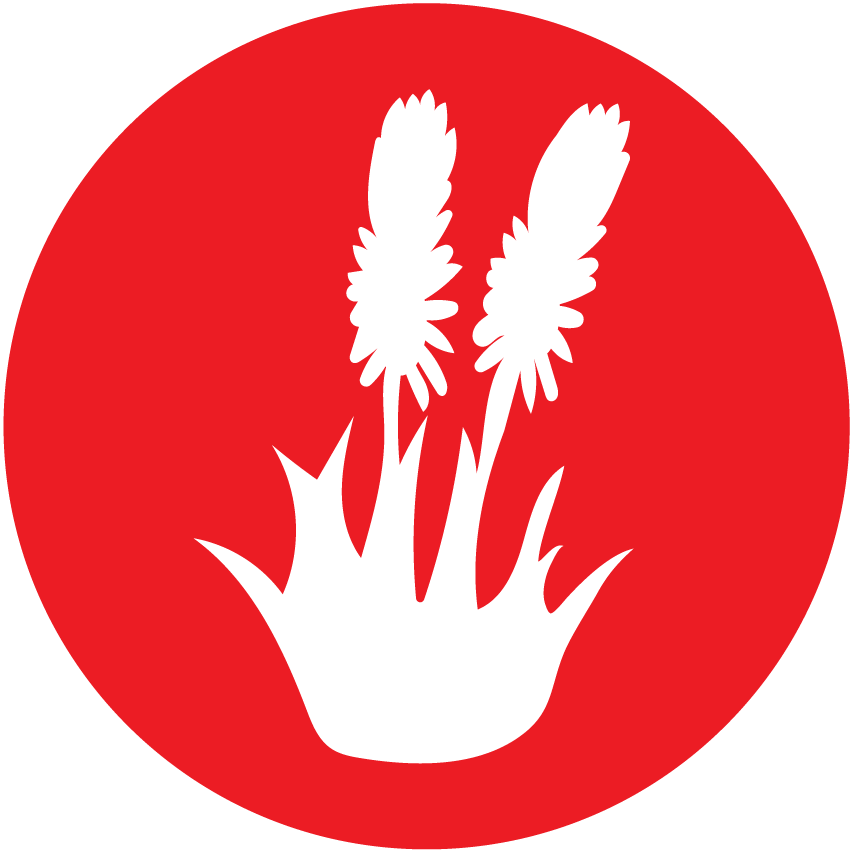
conserving
habitats
The Endangered Wildlife Trust has implemented groundbreaking habitat conservation initiatives across southern Africa, delivering measurable ecological impact:
Grassland and Wetland Conservation
Since 2016, the Endangered Wildlife Trust has secured 151,652 hectares of priority habitat, with an additional 86,305 hectares under negotiation. Notably, our pioneering carbon trading initiative with WeAct has created sustainable funding for grassland conservation by incentivising farmers.
Vulture Safe Zone Initiative
Furthermore, in 2021, we established Africa’s first Vulture Safe Zone in the Karoo (23,000 km²), implementing targeted measures to protect endangered vultures and restore their historic ranges.
Landscape-Scale Protection
- Focused on maintaining ecological connectivity across protected areas
- Developed science-based management plans for vulnerable habitats
- Built partnerships with landowners, communities and private sector stakeholders
Key Conservation Outcomes
-
- Created long-term funding solutions for habitat protection through carbon credits
- Delivered direct protection for threatened ecosystems
- Restored critical spaces for endangered species recovery

benefitting
people
The Endangered Wildlife Trust integrates conservation with sustainable development through comprehensive community programmes:
Education for Sustainability
- Through our Guardians of the Future programme, we provide teachers with curriculum-aligned conservation resources. Beyond education, we’ve empowered communities through:
- Rural development projects engaging 2,996 members
- Healthcare initiatives reaching 1,109 individuals through HIV/AIDS awareness programmes
- Skills Development Training for 559 participants
- Arts & Sports Programmes, involving 3,059 community members in cultural and sporting activities.
-
- Additionally, our Women’s Health sessions educated 440 learners, while COVID-19 relief supported 45,000 people in 2020.
COVID-19 Response
- Provided critical support to nearly 45,000 pandemic-affected individuals in 2020
Key Features
- Aligns with UN Sustainable Development Goals
- Combines conservation education with community wellbeing
- Delivers measurable social impact alongside ecological protection

